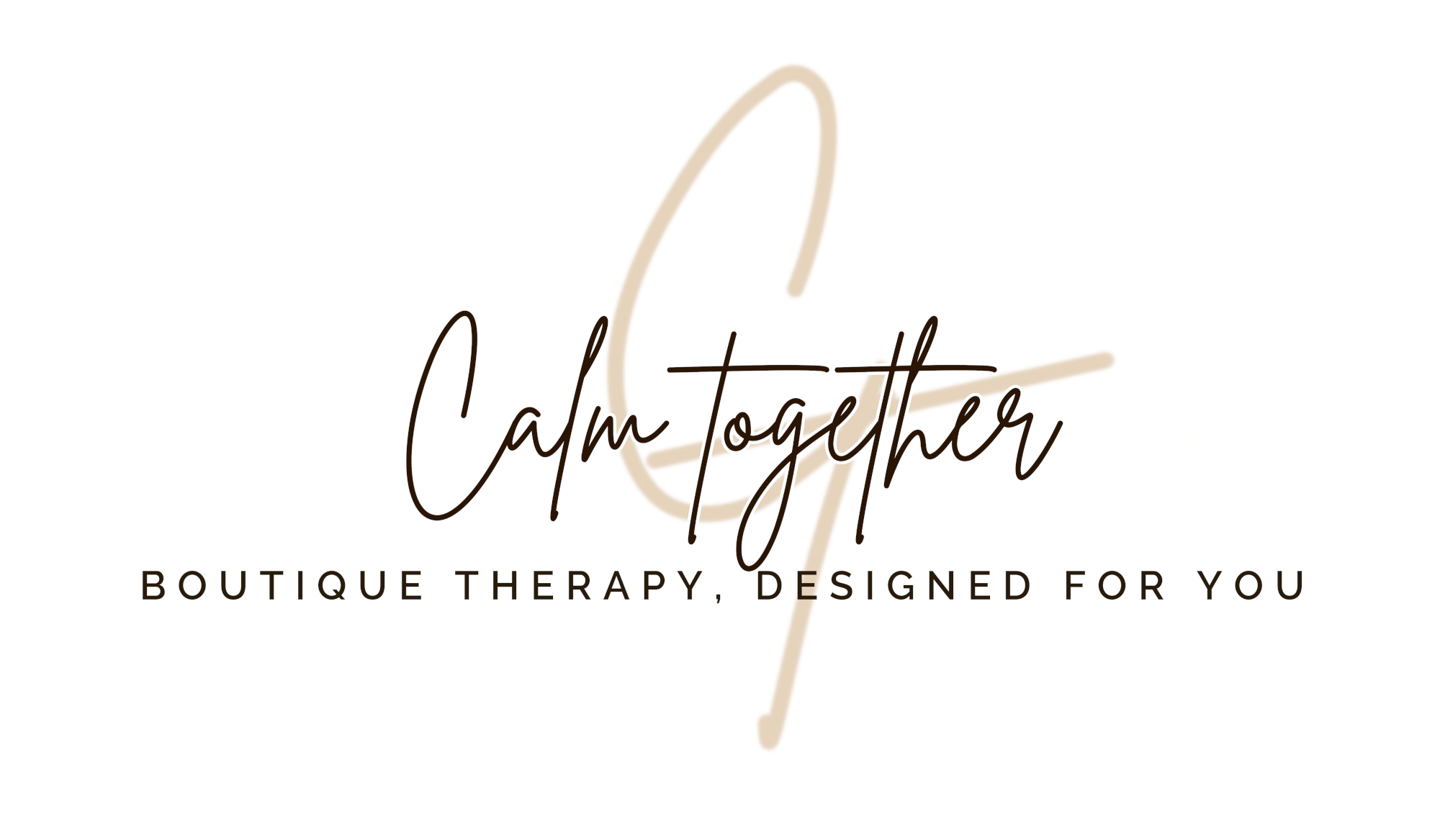Your basket is currently empty!
Client-centred room design: Are you creating a space that speaks to your clients’ needs? Get inspired here!”
The Importance of a Well-Designed Wellbeing/Therapy Space
The design of a therapy or counselling space is often an overlooked aspect of mental health care. Yet, the environment where therapy occurs can significantly influence the therapeutic process. Research and design principles highlight the importance of creating spaces that are conducive to emotional healing and psychological comfort.
The Influence of Environment on Wellbeing
Academic studies have long recognized the profound impact that physical environments have on an individual’s mood and sense of wellbeing. For instance, Ulrich’s Theory of Supportive Design (1984) suggests that environments can substantially affect a person’s emotions and stress levels. In therapy, where emotional vulnerability is a key component, the design of the space can either facilitate a sense of safety and openness or inadvertently contribute to discomfort and anxiety.

Below are some key design elements that we have found can help to create a calm and healing space :
1. Safety and Comfort: Safety is paramount in therapy room design. The arrangement should be such that clients feel secure and in control. This includes aspects like having a clear view of the room’s entrance and ensuring comfortable seating arrangements.
2. Lighting and Colour: According to research, natural light can improve mood and energy levels (J. Bennett, 2001). In cases where natural light is not feasible, soft artificial lighting can be used. Colours also play a crucial role. Soothing colours like blues and greens are often recommended for their calming effect. Lui et al (2014) found that the optimum colour for a therapeutic space was blue.
3. Noise Control: Privacy and confidentiality are key in therapy. Soundproofing and ensuring that conversations cannot be overheard are crucial for creating a space where clients feel comfortable to open up.
4. Nature and Biophilic Design: Incorporating elements of nature into therapy spaces has been linked to reduced stress and improved emotional wellbeing (Kellert et al., 2008). This can be achieved through plants, natural materials, or artwork depicting nature.
5. Flexibility and Personalization: Allowing some degree of flexibility in room design or personalization can enhance client comfort. Every client is unique, and so are their preferences. Some may find a minimalist space calming, while others might prefer a more homely environment. Offering some degree of flexibility in room design or allowing clients to personalize the space temporarily can enhance their comfort level.

6. Accessibility Visual Comfort: Avoid harsh lighting and use soft, natural light where possible. Be mindful of colours; opt for neutral or calming tones. Minimizing Sensory Overload: Avoid overstimulating décor. Keep the space simple and uncluttered. By considering these aspects, a therapy space can be made more accommodating and comfortable for clients with diverse sensory needs, fostering a more inclusive and effective therapeutic environment.
7. Providing grounding objects in a therapy space is an important consideration, especially for clients who may experience anxiety, sensory processing issues, or trauma-related challenges. Grounding objects can help clients manage overwhelming feelings or disassociation. Here’s how to incorporate them:
Tactile Objects: Soft pillows, stress balls, or textured materials can help clients physically ground themselves during a session.
Weighted Blankets: These can offer a sense of security and comfort for some individuals.
Visual Aids: Items like calming images or a soothing lamp can provide a visual focus point.
Auditory Tools: Instruments like chimes or a sound machine that plays soft, natural sounds can be soothing.
Fidget Tools: Objects like fidget spinners or cubes can help clients who benefit from small, repetitive movements. These grounding objects should be chosen based on individual client needs and preferences, and therapists should be trained in how to effectively integrate these tools into their therapeutic practice.
Challenges in Designing Therapy Spaces
While the importance of well-designed therapy spaces is clear, there are challenges. In the UK, for example, therapists working within the NHS often face limitations in influencing the design of their workspace due to budget constraints and room availability. Private therapists, therapy centres might have more control over their environment but also face the challenge of balancing budget with design aspirations.
The design of therapy and counselling spaces is not just an aesthetic consideration but a therapeutic one. While research in this specific field is still developing, existing design and psychological principles provide valuable guidance. A well-designed therapy room can be a sanctuary of sorts, a space conducive to healing and growth. As therapy evolves, so should our understanding and application of therapeutic space design, always with the client’s wellbeing at the forefront.
